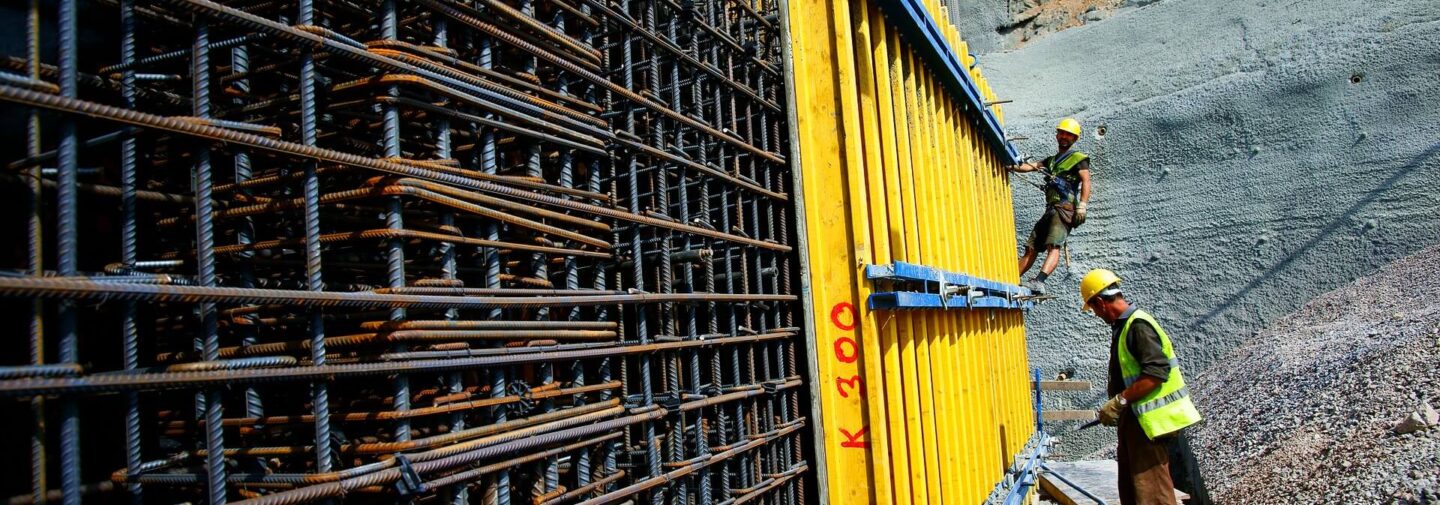It’s Time To Tackle The Productivity Problem In Your Construction Operation
Construction analysis experts rightly conclude that productivity problems in construction limit overall construction industry growth. To attribute so great a failure to problems with jobsite productivity may seem perhaps a rather limiting statement. Yet if you do not take time to tackle your operations productivity issues, expect limited, insufficient and inadequate company growth. Herein is the reasoning behind the conclusions.
Poor Productivity in Construction Industry – A Consequence of Rejecting Technology
For many years now and throughout the U.S. business compounded yearly productivity growth has remained around 1.76 percent. Yet in the U.S. construction industry, efforts to attain this same effectual growth rate typically result in failure. From 1995 and onward, rather than enjoying an increase in the compounded annual business productivity, the U.S. construction industry has reaped a declined to the tune of 1.04 percent.
According to a 2017 McKinsey report, "Reinventing Construction Through A Productivity Revolution," the authors define 1 percent as the global construction industry productivity rate of growth. That is 1.8 percent lower than industry average, and resistance to acceptance of modern operational and management technology and techniques is the primary point of failure. Significant adaptation to modernized productivity planning and management processes could reap the industry a $1.6 trillion increase in yearly growth. Failure to adopt modern construction operations technology assures that the U.S. construction industry will fail to fulfill the aggressive demands of the current U.S. infrastructure program.
Poor Productivity in Construction Industry – An Automated Solution Readily Available
Although current operations and management techniques do not lend fully to construction contractor activities and workflow, the McKinsey report presents reliable evidence to the possibilities of increased productivity within the 50 to 60 percent range. So now you ask, by what methods? Herein are just a few points wherein automated construction operations technology might produce serious and effective improvements toward greater productivity in the construction industry:
- Automated methods for contract initiation and activation
- Rapid response to regulatory reform
- Simplified processes in design, engineering and implementation
- More effective procurement and supply chain management and functionality
- Improved process and monitoring in your workforce training programs
- Better balance between onsite crafting versus offsite prefabrication
- Better regulation of work habits
- Balanced teamwork
- Advanced performance monitoring
- More effective safety assurance
- Reduction in personnel turnovers and employee absenteeism
- AND so much more.
Need more details? Read "Construction Jobsite Productivity – 9 Ways To Increase Project Productivity."
Poor Productivity in Construction Industry – Minor Changers Produce Major Increase
Previous studies by the prominent World Economic Forum indicate that even minor improvements in construction industry productivity can produce a one percent reduction in construction costs. That amounts to an approximate yearly global industry gain of $100 billion. However, if contractors set focus on Lean construction methodology as a primary means for increased project productivity, operational cost could drop by fifteen percent even as schedules decrease by thirty percent. Add in the benefits of automated digitization of data accumulation, time keeping, quality control management, safety compliance and other operational workforce and asset allocation necessities, and most construction companies could further trim capital expenses by twenty-one percent while also dropping operational costs by another seventeen percent.
Holding back is not the answer. Read about how Assignar software for construction contractors can help you lead your workforce construction crew into the benefits of modern technology.






